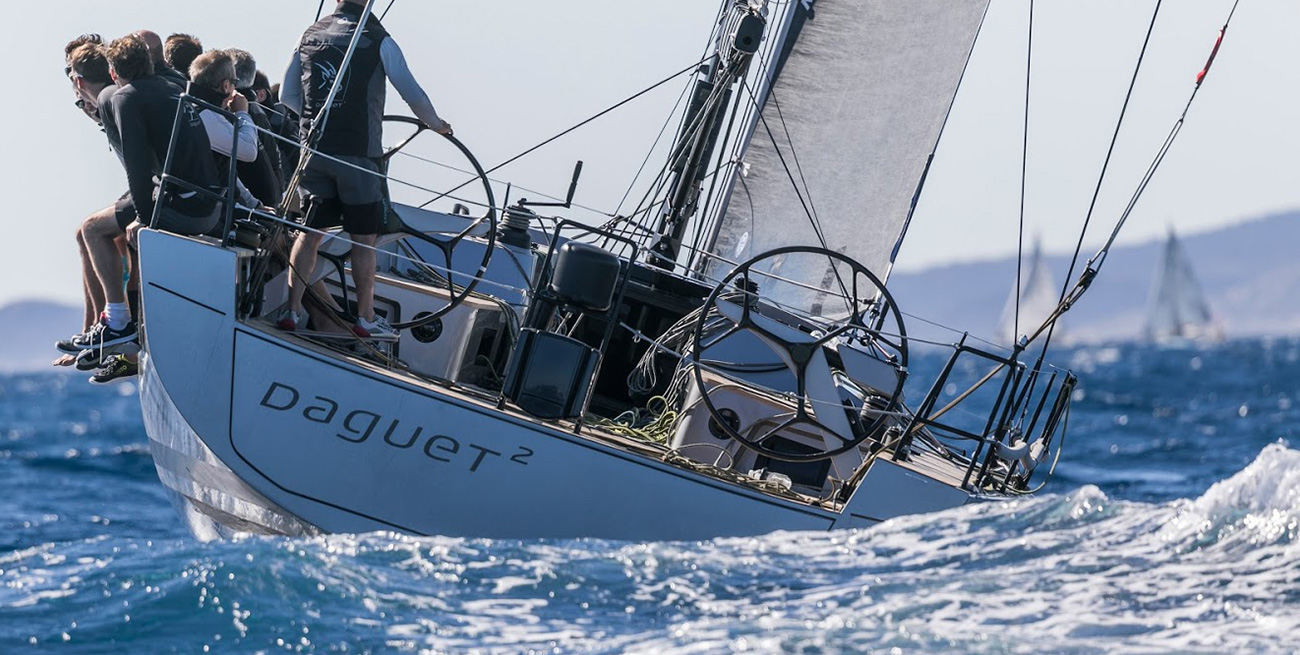
25 Jan RIGGservice advice on rod rigging check
There are many variable to consider when it comes to the longevity of the rod rigging being used with today modern mast system. The most prominent factors are:
- the amount of time and/or miles the yacht has been in service
- what loads are put on the rod in comparison to its breaking strength
- the yacht’s predominant sailing conditions
- the amount of care and maintenance given to the rigging
- environmental conditions can affect the rigging
Shrouds and Stays sizes are chosen by boat designer together with mast maker and eventually
by a professional rigging company.
Racing yacths generally uses minimum rod sizes to keep rigging weight and windage as low as possible. Using a smaller rod size tends to shorten his working life, as maximum sailing loads may approach or exceed 50% of the breaking strenght of the rod.
Larger custom cruising yachts tend to have a higher safety factor because the chosen rod sizes are tipically more conservative, so the rigging loads would only be 15-25% of breaking strength during maximum sailing conditions.
As a result of cost constraints, sizing issue can also be encountered with the rigging of the production built cruising boats.
Smaller rod sizes for a given application tend to yeld shorter rod life, as the overall safety factors for that application are reduced.
If the the boat is predominantly sailed in heavy air conditions, the life of the rod will be shorter than if the boat was sailed infrequently or in lighter wind conditions.
The higher the rigging is stressed on regular basis, the shorter its life span will be.
If the rigging has been periodically checked, the end fittings rinsed with fresh water, and general care and maintenance have been employed, it will last longer.
For example, a turnbuckle could build up corrosion so that it won’t turn. Or a spreader bend left covered in leather or tape can eventually corrode the spreader or spreader bend. Basic maintenance and general inspection go a long way in extending rigging’s life.
A major consideration in the longevity of the rigging system is the environmental conditions the yacht is subjected to. Sailing in tropical waters tends to build up more corrosion and the boat need more frequent cleansing and inspection routine.
As a general rule, RIGGservice recommends complete inspection after 40.000 sailing miles or 5 years, whichever comes first.
This comprehensive maintenance schedule would include the inspection of all the rod heads and end-fittings. If any of the heads are cracken or worn, the rod must be re-headed.
This doesn’t mean that the complete rod section must be replaced, that would depend on whether the turnbuckles had enough stroke to compensate for a shorter section of rod. In a good installation, the rod will tipically last significantly longer than the cold heads on the end.
After a thorough inspection with no evidence of damage, it may be reasonable to expect the rod to last an additional 20.000 to 40.000 miles.
If the boat is leaving for a blue water cruising or a crossing this must be the right time for the check.
Remember, a prudent yachtsman will have a more aggressive maintenance schedule with the knowledge that it will ultimately create less downtime or potential loss of earnings for the yacht.
At the same time the rod is re-headed, RIGGservice recommends replacing the turnbuckle screws.
The screws could last many additional years, but they did not show cracking at test, so it is less expensive to replace a few rigging screws than to replace the mast and all of the rigging.





